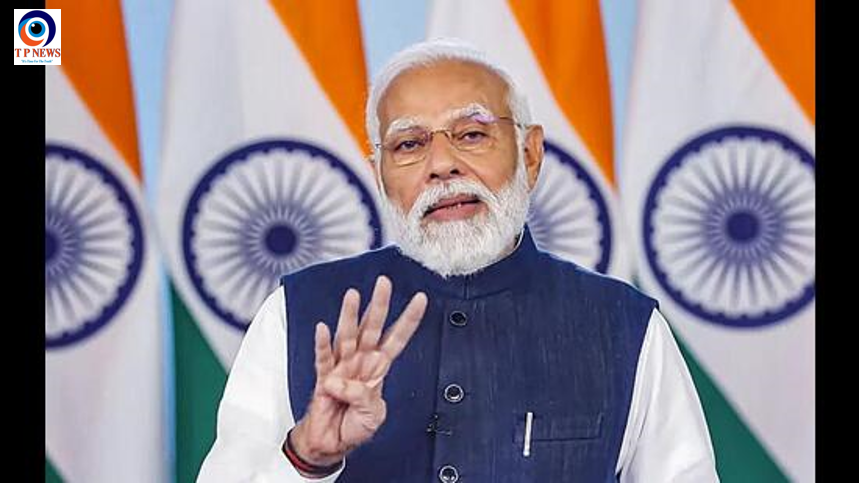Russian President Vladimir Putin has achieved a historic milestone by clinching a fifth consecutive term, marking a landslide victory in the presidential polls. Putin hailed his re-election as a testament to the trust and confidence the nation has bestowed upon him.
With 80 percent of the precincts counted, Putin secured an overwhelming 87 percent of the vote, reaffirming his dominance in Russian politics. Election officials reported that rival candidates failed to garner more than 5 percent of the vote.
Nikolai Kharitonov, representing the Communist Party, emerged as the runner-up, while newcomer Vladislav Davankov claimed the third position. Putin’s victory not only underscores his enduring popularity but also solidifies his status as Russia’s longest-serving leader, surpassing even Josef Stalin.
Addressing supporters in Moscow, Putin emphasized his commitment to addressing the challenges associated with what he termed as Russia’s military operation in Ukraine. He pledged to prioritize resolving these issues and emphasized plans to bolster the Russian military.
Putin’s victory speech highlighted his agenda for the coming term, promising to strengthen national security and tackle pressing domestic and international concerns. As he embarks on his fifth term, Putin’s leadership continues to shape the trajectory of Russian politics and global affairs.












